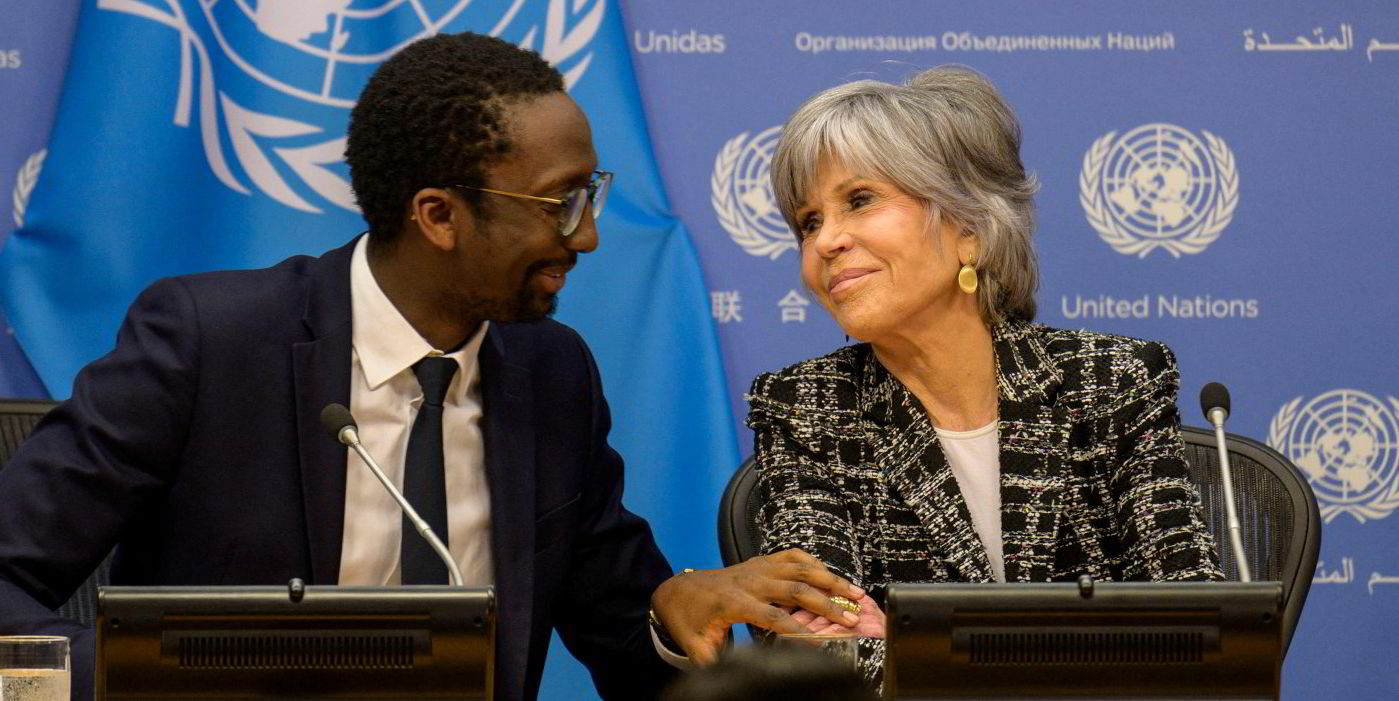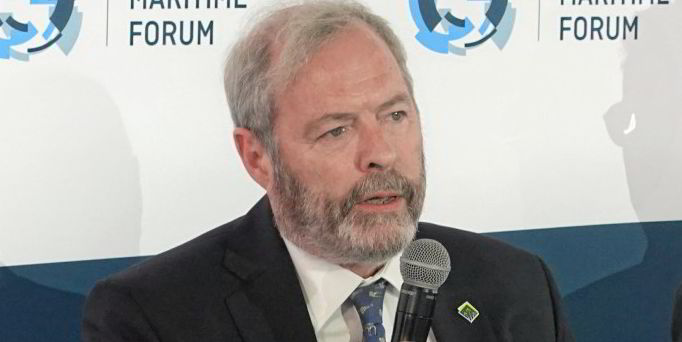United Nations negotiators have successfully concluded more than a decade of talks on a new international treaty to safeguard marine life in the high seas.
Details and a full text have not been published yet. According to Shipping Strategy, the text will undergo editing for technical language and will be formally adopted at a time that is yet to be specified.
Once that is done, it will have to be ratified by at least 60 UN member states to enter into force.
According to the European Union, a driving force behind the discussions, the object was “to fill in the gaps in the UN Convention on the Law of the Sea [Unclos] of 1982” and set up a legal instrument governing marine areas outside the scope of natural jurisdictions.
“Because [Unclos] was negotiated before the biodiversity and climate crises were commonly known, its environmental protection regulations are considered insufficient,” the EU said in a briefing paper.
The new agreement consists of four parts: rules for marine protected areas (MPAs); environmental impact statements; marine genetic resources; and capacity-building and technology transfer.
One of the instruments to be set up under the treaty is a so-called conference of the parties (COP), which will hold member states to account on issues of MPA governance and biodiversity management.
Economic activity in the MPAs is to be limited and “it may be that motor ships will be banned from them, or that sailing in them will be limited,” Shipping Strategy said.
The location and extent of those areas, however, have yet to be established.
“For now, this is a case of 'nothing to see here, please move along',” Shipping Strategy said in a comment.
“There is no area of the ocean that is suddenly off-limits,” the London-based consultancy added.
Wide scope
When the UN gets moving and establishes the MPAs, however, their total size will cover nearly one-third of the oceans’ surface.
“The EU support[s]... the UN’s goal to protect 30% of the world’s oceans,” said Sweden, current holder of the EU presidency, in a statement released on 6 March.
Swedish foreign minister Tobias Billstrom called this “the most important international environmental deal since the Paris [climate] Agreement” in 2015.
The International Maritime Organization hailed the outcome as well, adding it has participated in negotiations so far and will continue to do so in the future to see it implemented and complied with.
“This landmark achievement will no doubt reinforce efforts to protect biodiversity in line with the aims of the 2030 Agenda for Sustainable Development and the Kunming-Montreal Global Framework for Biodiversity,” said the IMO’s secretary general Kitack Lim.
According to Shipping Strategy, however, the new treaty does not impose any obligations on the IMO. This means that the global shipping regulator will not require the industry to suddenly start producing environmental assessments of activity in the MPAs.
Oceangoing shipping does not go entirely unaffected in the short term.
The new treaty “does raise a point about the increase in regulatory oversight of economic activity at sea — in particular, the High Seas Treaty reopens the discussion around the use of open loop scrubbers”, Shipping Strategy said.
((This article was updated since original publication))





